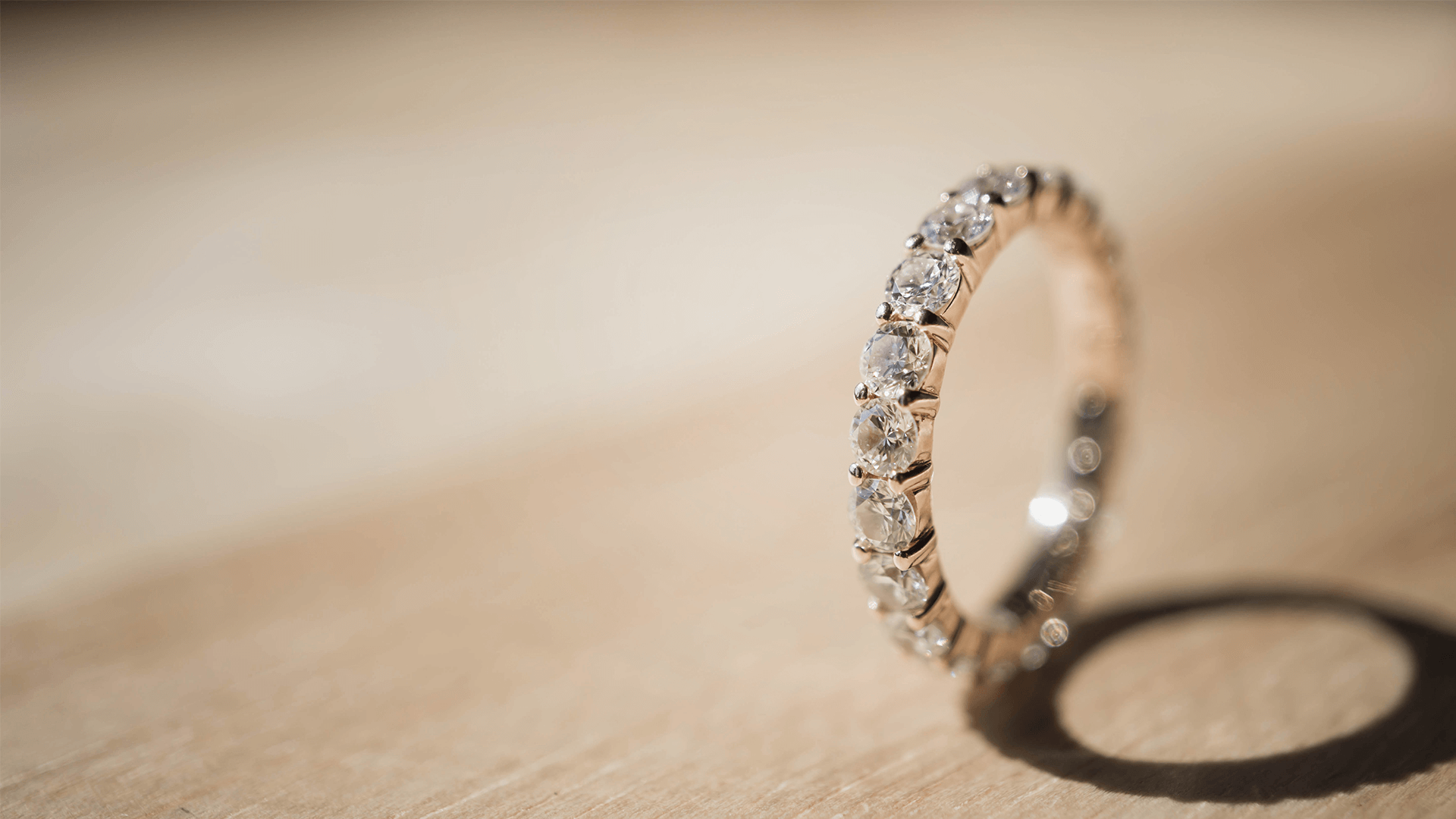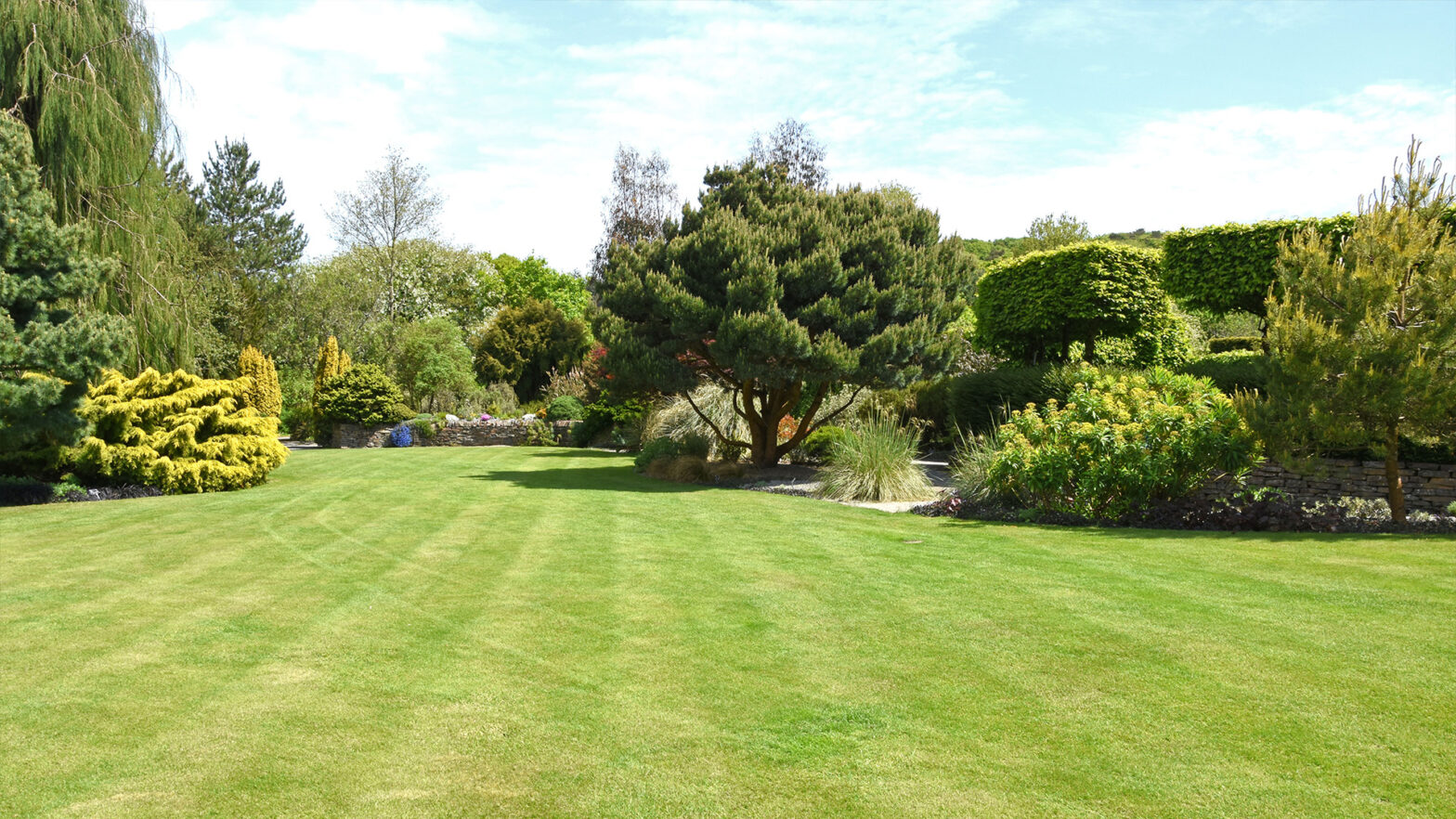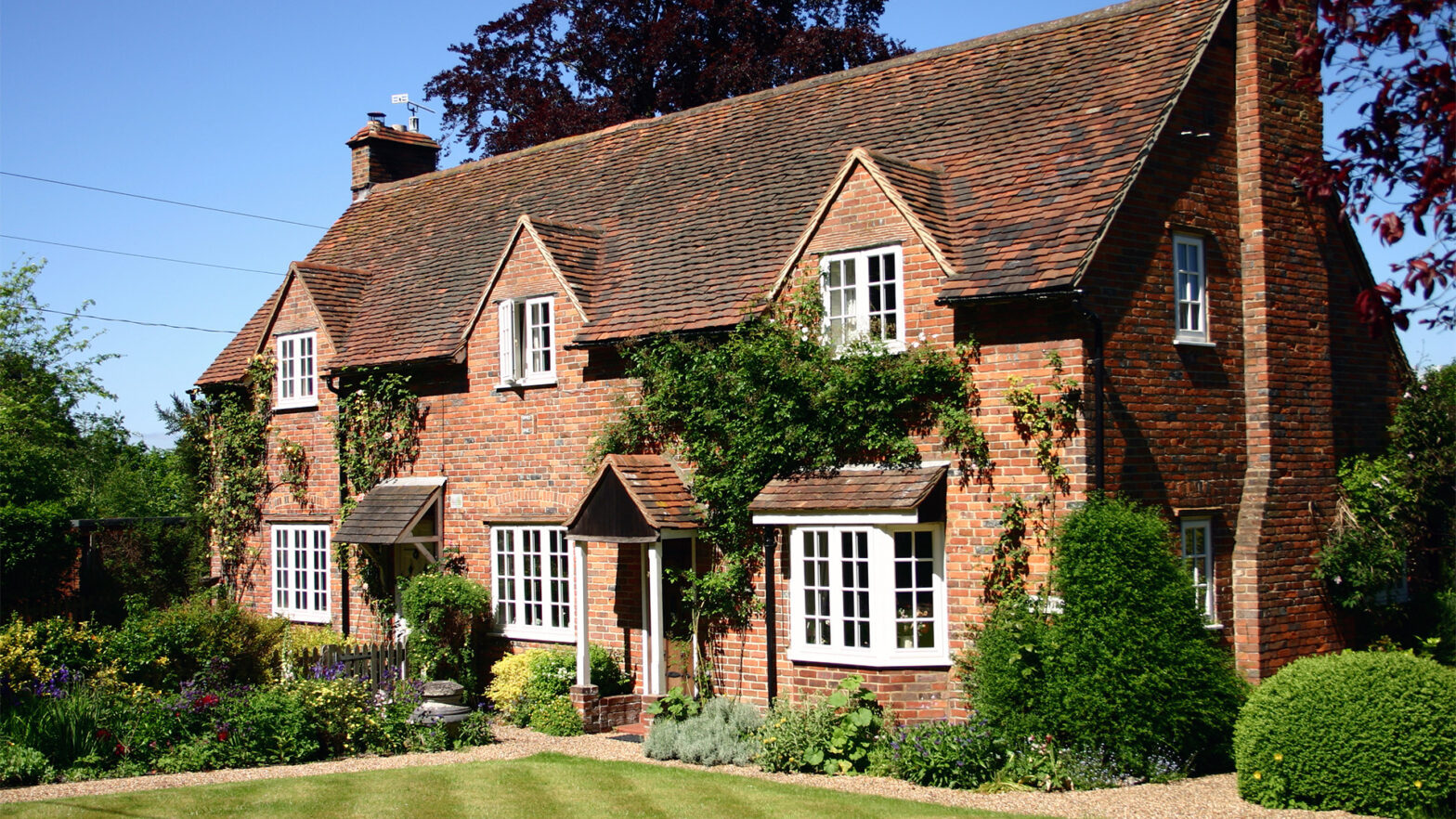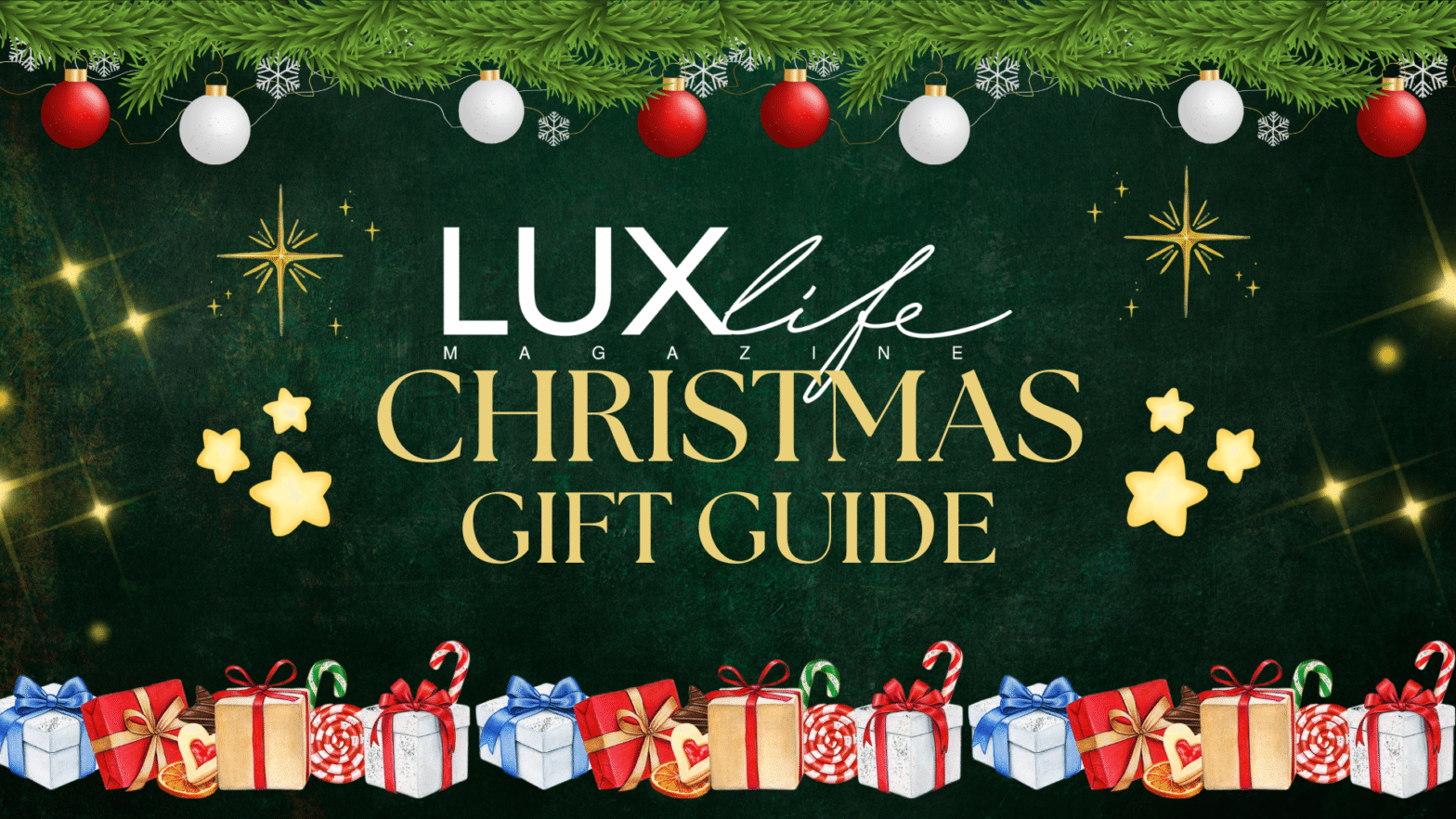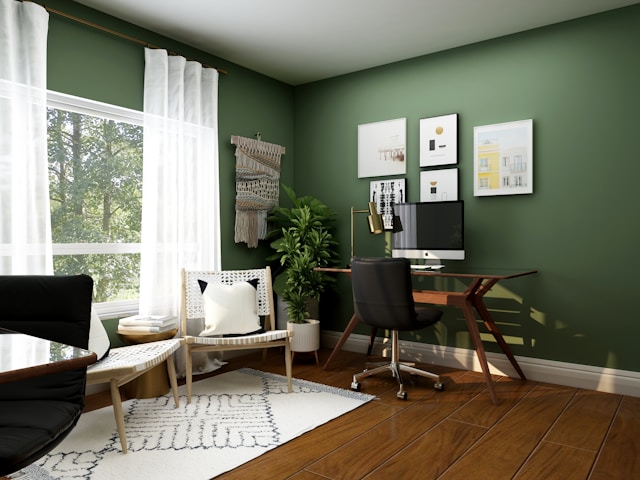The lives of the rich and famous often seem far removed from our own. In the lives of unbelievably rich, £600,000 for a diamond encrusted Christmas tree topper is seen as acceptable. And it doesn’t stop there, there are pens available for just short of £1 million and Rolex watches fitted with diamonds for close to £45,000.
Together with Angelic Diamonds, retailers of marquise diamond rings, we take a look at the market of expensive goods and investigate how some items earned their price tags.
Why do we love expensive things?
It was Pierre Bourdie, a French philosopher who first said that the things consumers buy are ways of communicating a ‘symbolic hierarchy’ to others. It’s one way to distinguish their place in society. Other research found that women purchased designer handbags and shoes in order to signal status — it can be one way of preventing other women from going near their man.
This isn’t a theory that has faded with time. In fact, the growing digital world is influencing the luxury market too. Statistics show that 70% of luxury purchases are influenced by online interactions. The availability of luxury ecommerce also meant that 14% of buyers aged 18 to 24 were found to have made their first luxury purchase over the internet.
Another factor that determines whether someone will make a luxury purchase is their attitude. Age can affect these attitudes, too. By 2025, Bain & Company predicts that Millennials and Generation Z will account for 45% of the global personal luxury goods market.
What increases the price of certain items?
There are a variety of factors that can determine the price of an item, but just what are they? This could be the quality of materials that were used to make it, the level of craftsmanship that was required or even just the brand whose product it is. Two materials that often bump up the cost of an item are diamonds and gold — but why does this happen?
A love for gold
You’ve probably noticed that gold is a material which gets a lot of attention from the rich and upper-class. It has always been associated with wealth, power and fancy décor in the past, and this opinion has continued to today.
Did you know that in the periodic table, gold is one of the least-reactive? This means that it is less likely to corrode when used. The metal also doesn’t rust and is aesthetically pleasing, plus it’s versatile! We’ve seen many items crafted out of gold or fitted with gold plates to add value. Take a look at the following:
- Costing $999,999 (£707,799) is the GoVacuum GV62711. Features include: a 14-inch cleaning nozzle, a weight of 16 pounds and gold plating. There were only 100 of these products made — true exclusives.
- Another standard product made expensive by the addition of gold is the 24-carat gold shoelaces. These cost a pricey $19,000 (£13,448) or shoppers can opt for the silver shoelaces which would set them back $3,000 (£2,123)
Defining the four Cs
Our love for diamonds can be traced back hundreds of years. At one point in time, they were reserved for royalty — making them a stone owned by the rich and wealthy and sought after by everyone else. Now however, diamonds are more accessible, but price and quality still vary depending on the ‘Four Cs’. These are clarity, carat, colour and cut — together these determine how much a diamond is worth. Clarity refers to the overall appearance of the diamond, which can be affected by ‘inclusions’ and ‘blemishes’. These are often not visible to the naked eye but are found through analysis by an expert. The weight of the diamond is expressed through the carat weight — a metric ‘carat’ is defined by 200 milligrams. Moving over to colour, a pure diamond is truly colourless and more valuable than one which has a presence of colour. Lastly, the cut grade of a diamond determines how well it sparkles due to its interaction with light.
Consider the below, for example, highlighting that diamond incrusted items can sell for millions of pounds.
- Potentially the most expensive pair of shades in the world are Dolce and Gabbana’s DG2027B sunglasses. They have been crafted with a solid gold frame and studded with diamonds. To buy this luxury product would set you back $383, 609 (£271,472).
- One dog collar was valued at an astounding $3.2 million (£2.26 million). Forbes Magazine called it ‘the Bugatti of dog collars’ and it’s clear to see why. It was encrusted with 1,600 diamonds with a seven-carat, D-IF (faultless) colour-graded centrepiece and black alligator leather for the collar.
As we can see, diamonds and gold are examples of true luxury materials. They’ve been popular for centuries with the rich and famous and aren’t going anywhere anytime soon. It’s clear that the addition of them to even the most mundane of products can increase the value more than a hundred times over. While the wealthy have the funds to do so, it’s likely that they’ll continue to splash their cash on things that everyone else thinks is a bit extravagant.








